

Waterproof 600D Heavy Duty Windproof Black Square Gas Fireplace Fire Pit Table Cover Patio Fire Pit Table Cover


Wenxin Customized Finned Air Heater With High Thermal Efficiency And Good Dissipation For Oven And Electric Stoves






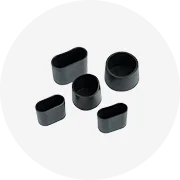
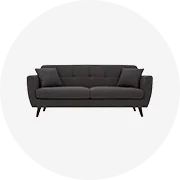


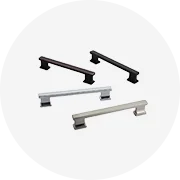
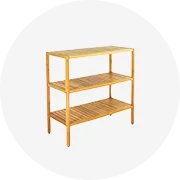

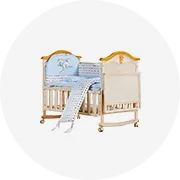
A heater cover steps into the forefront as an indispensable asset when the chill of winter intensifies, playing a crucial role in not only safeguarding heating systems but also enhancing their efficiency. This protective accessory ensures the optimal performance of heating units, while also contributing an added layer of aesthetic appeal to the environment.
There is an array of heater covers available, each tailored for specific heating units. Baseboard heater covers are designed to encase baseboard heating systems, typically made from durable materials like metal or wood. Wall heater covers cater to wall-mounted units, ensuring they blend seamlessly with the interior decor. For those with radiant heating systems, radiator heater covers are a perfect match. They not only camouflage the often bulky radiators but also serve as a safety barrier. In environments exposed to external elements, an outdoor heater cover or patio heater cover is essential to protect the heating units from weather-related damage. Business buyers should pay keen attention to the material of the heater cover. Stainless steel and aluminum options provide durability and resistance to rust, whereas wood offers a classic touch but may require more maintenance. The size of the heater cover is equally crucial, as it must fit the heating unit perfectly to ensure optimum performance and safety.
Heater covers serve a dual purpose. They are instrumental in maintaining the heating system's efficiency by allowing unrestricted airflow while acting as a safeguard against accidental burns or bumps. The covers also enhance the visual appeal of the space, concealing the often less-than-appealing heating units. Some heater covers are designed with functionality in mind, such as heat vent covers and floor heat vent covers. These are specifically crafted to ensure that the heat distribution is not hindered, maintaining a comfortable temperature throughout the space. Business buyers should consider the design and finish of the heater cover, opting for one that complements the interior decor.
Maintaining the heater cover is crucial to ensure its longevity and performance. Metal options like stainless steel are relatively low-maintenance, requiring just a regular wipe-down to keep them looking pristine. On the other hand, wood covers may necessitate a more rigorous cleaning routine and occasional polishing to maintain their sheen. For units that are exposed to external elements, such as an outdoor heater cover or patio heater cover, it is imperative to opt for a weather-resistant material. This ensures that the cover stands up to the rigors of the elements, providing long-lasting protection to the heating unit. When it comes to installation, most heater covers boast a user-friendly design, allowing for a hassle-free setup. However, it is recommended to follow the manufacturer’s instructions closely to ensure proper installation. Additionally, ensuring that the cover is compatible with the heating unit is crucial to avoid any potential safety hazards.